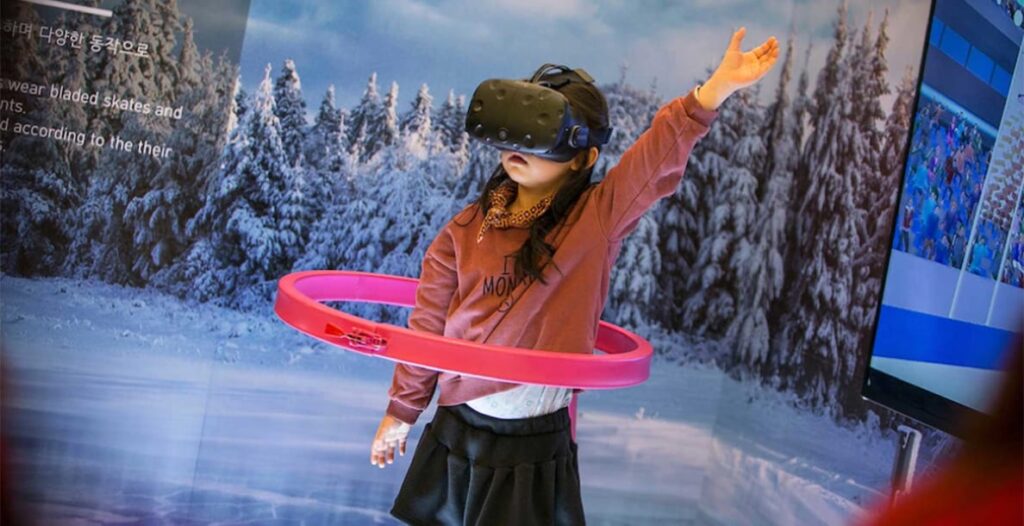Our latest blog post shared the idea that customers want a more personal, relevant conversation with brands, not the type of one-way dialogue prevalent today. These changing expectations mean that marketers can no longer market at customers: They must create engaging, empathetic, and memorable stories. In the wake of the past weekend’s Olympics Closing Ceremonies, we took a look at how the International Olympics Committee shared their stories. What we found were some best practices for brands that want to engage with customers:
Interactive experiences. The Olympics has created a whole section filled with interactive and immersive experiences so that consumers can imagine themselves as Olympic athletes with personalized avatars. This type of content — which is meant to engage, rather than sell — is gaining traction in other industries as well. Just think of LEGO, who not only produces games and webisodes on their website but even has branded movies like LEGO Ninjago!
Screenshot from Olympics website
Image source: Screenshot from Olympics website
Stories that create connections with new customers. The Olympics doesn’t just try to appease their core audience: sports lovers. They reach new consumers by telling stories that appeal to the broader audience. For example, this Olympics had many storylines for non-sports lovers to follow like: a potential warming of Korean relations given North and South Korea marching as one team; LGTBQ rights given the press around athletes like Adam Rippon; and athletes overcoming incredible odds like Matt McMorris who went from coma to the podium. These stories have helped so much that in the last Summer Olympics, Google estimated that more than 1 in 3 people who watched the Olympics weren’t even sports fans!
Experimenting with new content types. Many of us assume that creating stories means hiring a copywriter or videographer. But stories aren’t just told with text, images, and video. There is a whole array of new content types and channels to reach customers at their exact moment of need. The Olympics and their media partners did just that. The Olympics website, for example, streamed live video for consumers. In partnership with Google, they also had about 50 hours of virtual reality (VR) experiences for YouTube TV subscribers. NBCUniversal also collaborated with Snapchat on features like “several Olympic-themed filters, stickers, and augmented reality (AR) lenses,” according to Marketing Dive, to create interactive stories on different channels. Much like the Olympics, brands need to look at their content marketing strategy as it expands to these emerging channels and content types.
Girl using virtual reality headset
Image source: https://www.nbcolympics.com/news/experience-2018-winter-olympics-virtual-reality
At Aprimo, we believe this rise of storytelling is coming fast, and content marketing budgets and staff will continue to increase to support these types of experiences. We will soon launch more capabilities to support content marketing teams, so stay tuned for more upcoming announcements!


